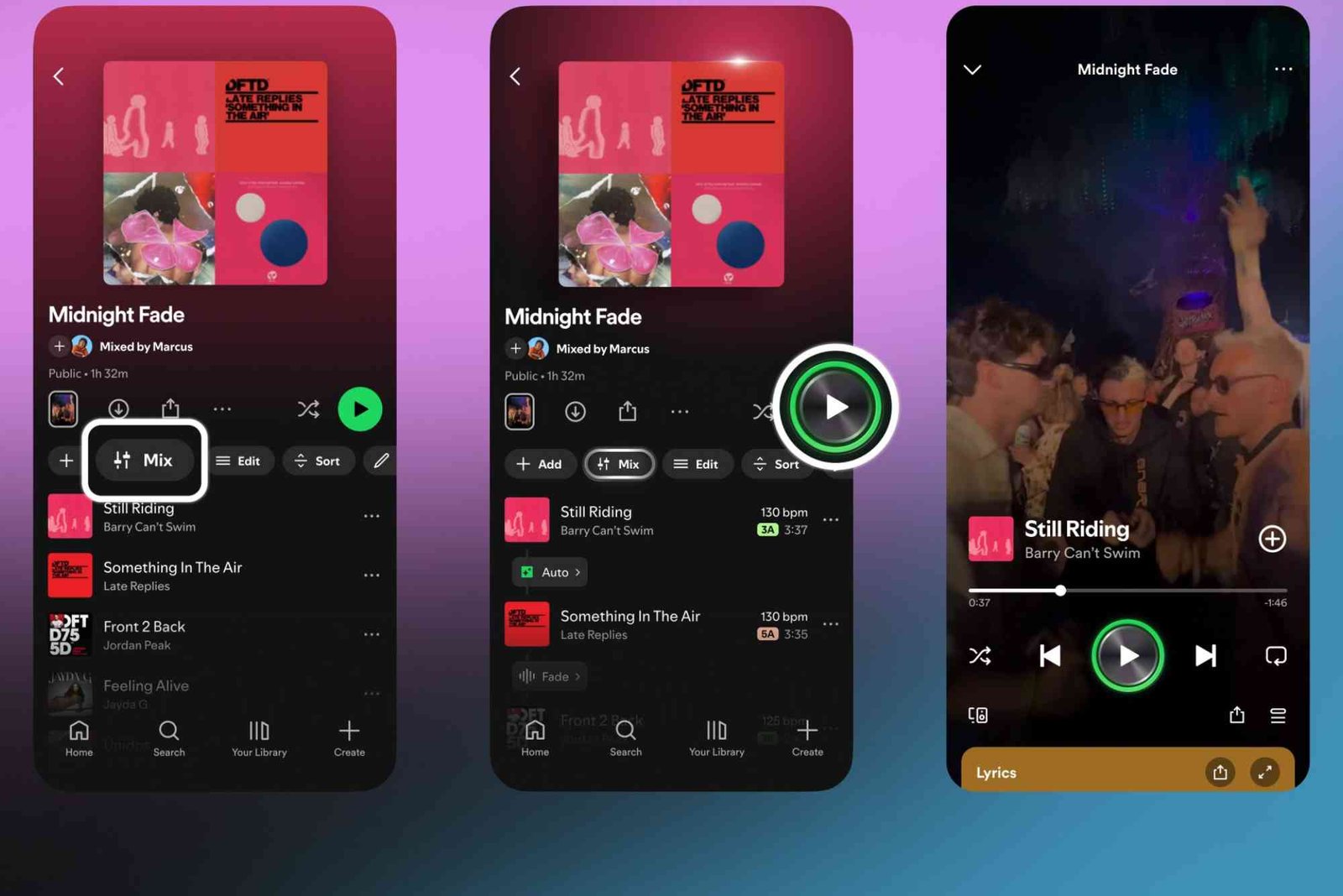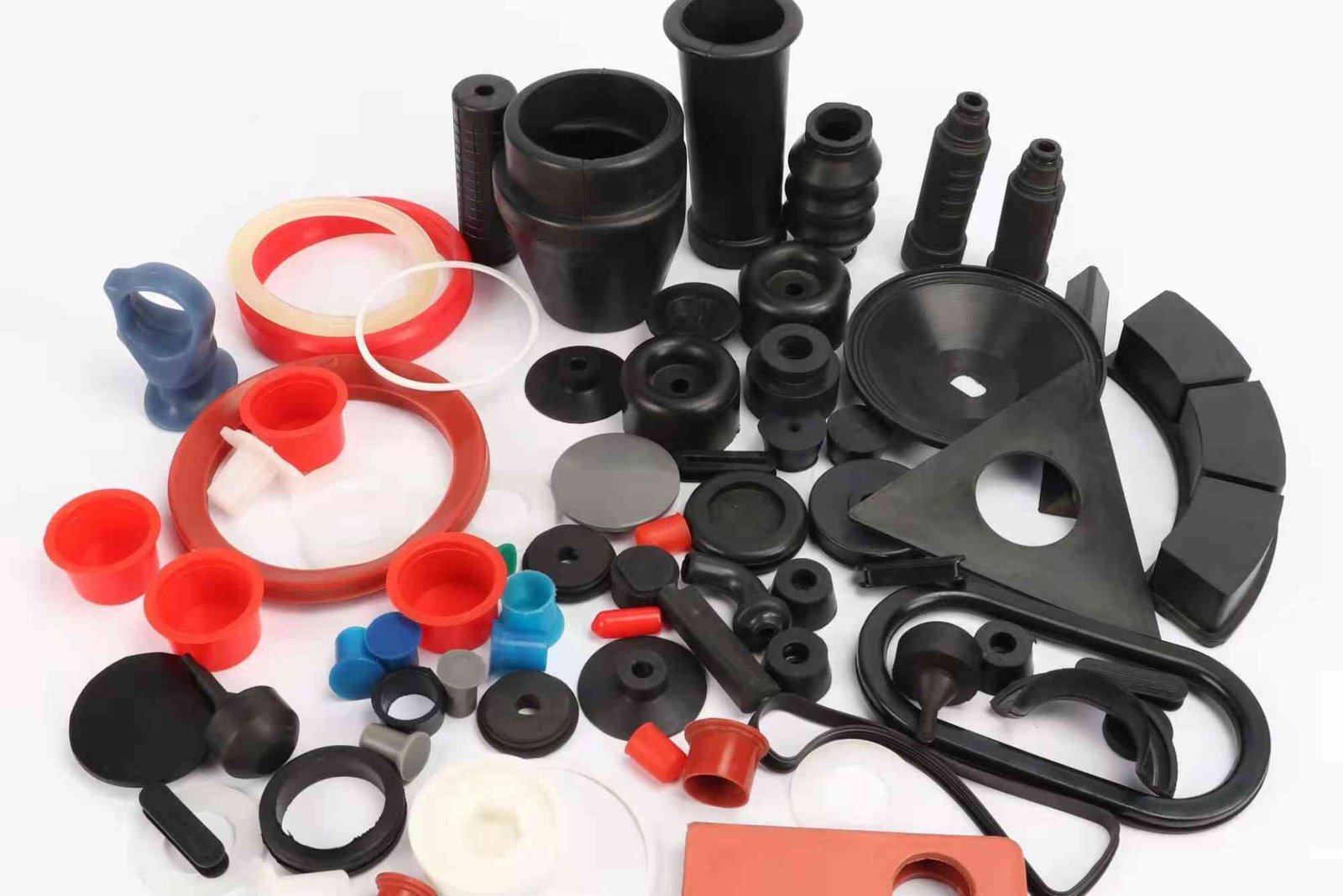Creating a remix is one of the most exciting ways to express creativity in music production. Whether you’re a beginner or a seasoned producer, understanding how to make a remix of a song can open doors to new musical opportunities. A remix allows you to reimagine an existing track, bring fresh energy, and connect with listeners who love innovative sounds.
In today’s digital music landscape, remix culture is thriving. With software like Ableton Live, FL Studio, and Logic Pro, anyone can rework a track into something unique. But the process requires more than just mixing beats and samples — it’s about understanding rhythm, tone, and emotion. Let’s dive into practical steps and expert techniques to help you master the art of remixing.
Understanding What Makes a Great Remix
Before jumping into software, it’s essential to know what makes a remix stand out. A remix isn’t just a rearranged version of the original; it’s a transformation. The best remixes capture the spirit of the original while introducing a new soundscape. Think of it as a collaboration between the original artist and your creative vision.
When learning how to make a remix of a song, remember that balance is key. You want to retain recognizable elements — like vocals or melodies — while adding your personal touch. This blend creates a sense of familiarity and surprise that keeps listeners engaged.
Choose the Right Song to Remix
The foundation of every great remix is song selection. Pick a track that inspires you emotionally and sonically. It’s often easier to remix a song you already love because you understand its essence. If you’re new to remixing, start with songs that have clear acapella versions or remix stems available online.
When choosing, consider the genre and tempo. A slow R&B track can be turned into a dance remix, while a pop song can gain depth through a chill or lo-fi approach. The goal is to hear potential beyond what already exists.
Gather the Stems and Prepare Your Project
Once you’ve selected your track, gather the necessary stems — vocals, drums, basslines, and instrumentals. These elements give you the creative freedom to manipulate individual sounds. Most official remix contests or platforms like Splice offer stems legally.
Import your stems into your Digital Audio Workstation (DAW). Organize them by color and name to stay efficient. Before creating new parts, analyze the key and BPM (beats per minute) of the original song. Matching your new sounds to these parameters ensures a cohesive final product.
Build Your Remix Foundation
Start by laying down a basic rhythm and chord progression. Even if you plan to change genres, maintaining a steady beat structure keeps your remix grounded. Experiment with drums, basslines, or synth patterns that match your creative vision.
This stage is where experimentation shines. Try reversing samples, stretching vocals, or layering unique percussion sounds. The secret of how to make a remix of a song lies in reimagining — not replicating — the original.
You might discover that a slow ballad transforms beautifully into an upbeat dance anthem or that subtle ambient layers add emotional depth. Always trust your instincts and let the music guide your decisions.
Restructure and Add New Elements
A remix should tell a fresh story. To achieve that, modify the arrangement. You can extend intros, add breakdowns, or drop the chorus in unexpected places. This re-structuring keeps listeners curious and invested.
Adding new melodies or instruments can also redefine the track. For instance, introduce a synth lead, a deep bass drop, or even acoustic elements. These additions not only refresh the sound but also help your remix stand out in a competitive music landscape.
Focus on Mixing and Sound Design
Mixing is where your remix gains clarity and polish. Start by balancing volume levels across all tracks. Keep vocals clear but integrated into the mix. Use EQ to carve out frequencies for each instrument, ensuring they don’t overlap.
Sound design plays a massive role too. Experiment with reverb, delay, and modulation effects to create atmosphere and depth. If you’re aiming for a professional feel, reference other remixes within your genre to compare tonal balance.
A great mix can turn a simple idea into a professional-grade remix. This stage often takes time — be patient and refine until everything feels cohesive.
Master Your Remix for Release
Mastering prepares your track for streaming platforms and live performance. It’s the final polish that ensures consistency across all playback systems. Use a limiter to raise the overall loudness without distortion. Apply gentle compression to glue the mix together and EQ to enhance brightness or warmth.
Even if you’re mastering at home, tools like iZotope Ozone can help you achieve industry-standard results. Remember, your remix should sound clean, dynamic, and vibrant across headphones, speakers, and clubs alike.
Share and Promote Your Remix
Once your remix is ready, it’s time to share it with the world. Platforms like SoundCloud, YouTube, and Spotify are great starting points. Tag the original artist when appropriate and use relevant hashtags to reach your target audience.
Networking with other producers and participating in remix contests can also help you gain recognition. Feedback from listeners is invaluable for improving future projects.
If you’re passionate about growing your production skills, check out How To Make and How To Make A for more in-depth production insights.
Common Mistakes to Avoid When Making a Remix
While remixing is creative, there are pitfalls to watch for. Overcrowding your mix with too many new elements can muddy the sound. Keep your arrangement focused and intentional.
Avoid overusing effects like reverb and delay; subtlety often delivers more impact. Also, don’t forget to respect copyright laws — remix only with permission or licensed stems.
Finally, avoid rushing the process. A successful remix evolves through experimentation, feedback, and refinement.
FAQ: How To Make A Remix Of A Song
How do I legally remix a song?
You need permission from the copyright holder or use stems released for remixing. Many artists and labels host remix contests for this reason.
Can I remix any song I like?
Not always. You can remix any song for personal use, but for public release, you must have rights or a remix license.
What’s the best software for remixing?
Ableton Live, FL Studio, and Logic Pro are top choices. They offer flexibility for time-stretching, sampling, and arranging.
How can I make my remix sound professional?
Focus on clean mixing, balanced frequencies, and creative transitions. Compare your remix with professional releases in your genre for guidance.
Do I need music theory to remix?
Not necessarily. While theory helps, your ear and creativity are most important. Many successful producers rely on instinct and experimentation.
Start Your Remixing Journey Today
Learning how to make a remix of a song is more than a technical skill — it’s an artistic journey. With practice, you can transform familiar tracks into original masterpieces that reflect your musical identity.
Whether you’re experimenting for fun or aiming for a professional release, stay curious and persistent. Each remix teaches you something new about rhythm, structure, and creativity.
If you’re ready to take your production skills to the next level, visit How To Make A for more expert insights and resources. You can also read more on www.nytimes.com for creative inspiration and music trends.




